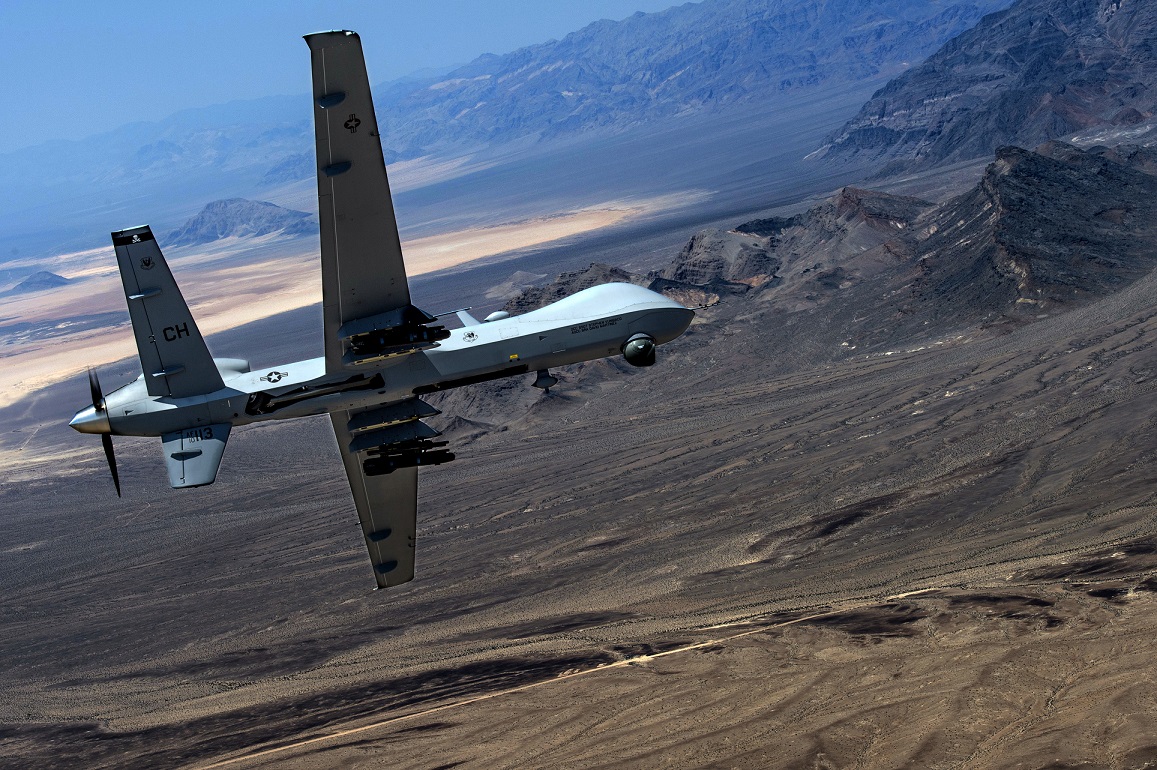
This post is also available in:
 עברית (Hebrew)
עברית (Hebrew)
Unmanned Aerial Vehicles (UAVs) will be one of the most dynamic growth sectors of the world aerospace industry this decade, according to a market analysis by Teal Group.
The 2020/2021 market study estimates that UAV production will increase from current worldwide UAV production of $5.6 billion annually in 2020 to $14 billion in 2029, totaling $95.5 billion in the next ten years. Military UAV research spending would add another $64.5 billion over the decade.
The US will account for 80% of total military worldwide RDT&E (Research Development Test & Evaluation) spending on UAV technology over the next decade and 40% of the military procurement. Much of the US RDT&E is intended to develop the next generation of systems that can survive in contested airspace.
Following a funding downturn in recent years as several legacy endurance UAV sensor programs ended, Teal forecasts a near-term rise in the “default sensor” EO/IR market, from $1.8 billion in FY20 to $2.3 billion in FY24, but then a leveling off at about $2.4 billion per year for the rest of the decade, with growth led by modified U-2 sensors still likely to go aboard Global Hawk and by new production for classified UCAVs and mini/nano-UAVs.
UAV radars forecast to grow from $1.6 billion in FY20 to $2.3 billion in FY29, and SIGINT and Electronic Attack (EA) markets to grow from $1.55 billion to $2.3 billion.
There is a growing demand for intelligence, surveillance and reconnaissance assets as nations focus on information warfare, notes senior analyst Steve Zaloga, the study co-author. “Although a lot of people think of drones as being attack systems, the vast majority, well over 90 percent, are in fact ISR platforms.”
Additionally, the ability to conduct unmanned strike operations at very long distances offers advantages that appeal to buyers, he said.
“The early drone systems tended to be oriented towards ISR missions. Now we’re seeing an increasing fraction being devoted to armed missions,” Zaloga noted.
In the past, weapons were added to existing intelligence-gathering platforms such as the Predator and Reaper. However, in the next decade the study anticipates the advent of a significant number of systems that are designed from the ground-up to be attack aircraft, to include “stealthy, jet powered, armed UAS instead of the propeller-driven equivalent that have existed for the past decade,” he said.
The forecast anticipates the development of “loyal wingman” drones that could accompany manned fighter jets into battle or conduct attacks on their own, according to nationaldefense.com.
Other factors driving the market are improvements in sensor payloads — not only visual and infrared sensors, but also signals intelligence, radar systems and other capabilities, Zaloga said. “Because the drones have tended to be ISR platforms, any changes in the capabilities on the sensor side also helps to drive the drone market because it creates more demand for the platforms,” he explained.

























